

24 Aug 2023
Developing the best elearning experiences for children
Developing the best elearning experiences for children wasn’t necessarily on my radar until a relatively short while ago. That’s because, despite over 20 years in the elearning industry, I’d been mainly involved in creating memorable and engaging elearning experiences for adults. Which, ironically, proved to be invaluable experience, but more of that later.
Away from Dynamic, I’m fortunate to have coached children’s football since 1999. I’m also the father of two kids, currently aged 11 and 15 (at the time of writing).
Work—and life—experience helps
So, I guess you could say I was in pole position when I picked up my first project where the audience was primary school children. And I didn’t have to wait long for the next one. A couple of months later, I picked up another. However, this time the audience was secondary school children, which anyone with a teenager knows is a whole different ball game!
In this post, I’ll share my five top tips for developing the best, most memorable and engaging elearning experiences for children.
1.
Tell a story
Firstly, everyone loves a ‘good’ story, don’t they? I think storytelling is fundamental in any learning solution, for any audience, young or older.
Stories have the ability to teach us a new idea, make connections and, most importantly, have the power to drive change. Certainly, making an impact through elearning was the exact goal of Follow the Flush.
The aim of Follow the Flush was to teach primary school children about the 3 P’s rule. What should and shouldn’t be flushed down the toilet. And the far-reaching consequences and impact to wildlife and the environment when we flush the wrong things down our toilets.
When I found out that the 3 P’s stood for ‘Poo’, ‘Pee’ and ‘Paper’, instantly I knew there was fun to be had with this story. And if you have ambitions to create the best elearning for children, then fun has to play a big role.



Consequently, I wanted to make it as immersive as possible. Therefore, I took inspiration from the award-winning children’s book and animation, Captain Underpants. Around the same time this project kicked off, I’d spotted they had created an interactive episode on Netflix. At key moments in the story, the audience, whether that be a child or even an adult, get to decide what happens next. Each decision would bring about a different outcome.
I loved this idea. And clearly so did millions of children and adults around the world who watched it. This inspired me not only to tell a great story, but to let the children take control and be the creators of their story. What could be better in terms of creating the best elearning content for children—in which they could take control!
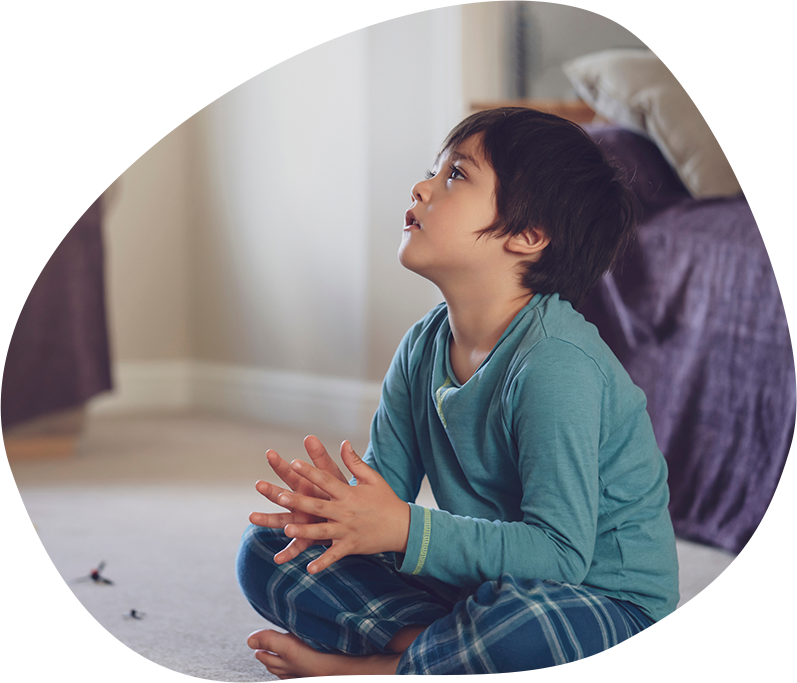
Moreover, in Follow the Flush, I crafted an interactive story where at key points, the child made the decision on what happens next and importantly saw the positive (or negative) consequence of their decision.
The child’s goal was simple. Become the hero by saving ‘Flushtown’ and all its inhabitants. Avoid the far-reaching impacts of ‘bad flushes’ by teaching the people of the town the ways of the 3 P’s.
On the journey with them was the lovable character named Droplet.
Watch this video to hear from Droplet.
2.
You'll find plenty of characters in the best examples of elearning for children
With every good story, there is, above all, a strong cast of characters. Characters are a great way to bring a story to life and help learners feel connected. As a result, it’s no coincidence that many of the best examples of elearning for children contain strong characters.
I wanted to create a range of characters that brought their different stories and points of view to the table.
Here are some of the main characters I created for the Follow the Flush solution:








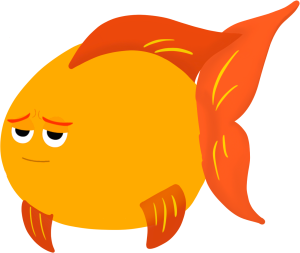

Being mindful that children also need characters they can relate to, I created Libby and Ryan, both similar in age to the audience. This helped children feel more connected and like they were learning alongside someone similar to them.

Libby
This character seeks advice from the learner when her mum has asked her to flush a wet wipe down the toilet.

Ryan
The learner helps Ryan on a beach clean-up.
3.
Create a game
Children love games, so my idea for creating the ‘Droplet and the Invasion of the Unflushables’ game, that children could play outside of the main learning solution, was a no brainer.
Droplet and the Invasion of the Unflushables is an educational side-scrolling video game which allows children to consolidate the learning from Follow the Flush, but through all the fun and excitement of a game.
Creating this game allowed children to continue their journey with Droplet and help save Flushtown and his friends from the nasty unflushables!
Watch this video to take a look for yourself.
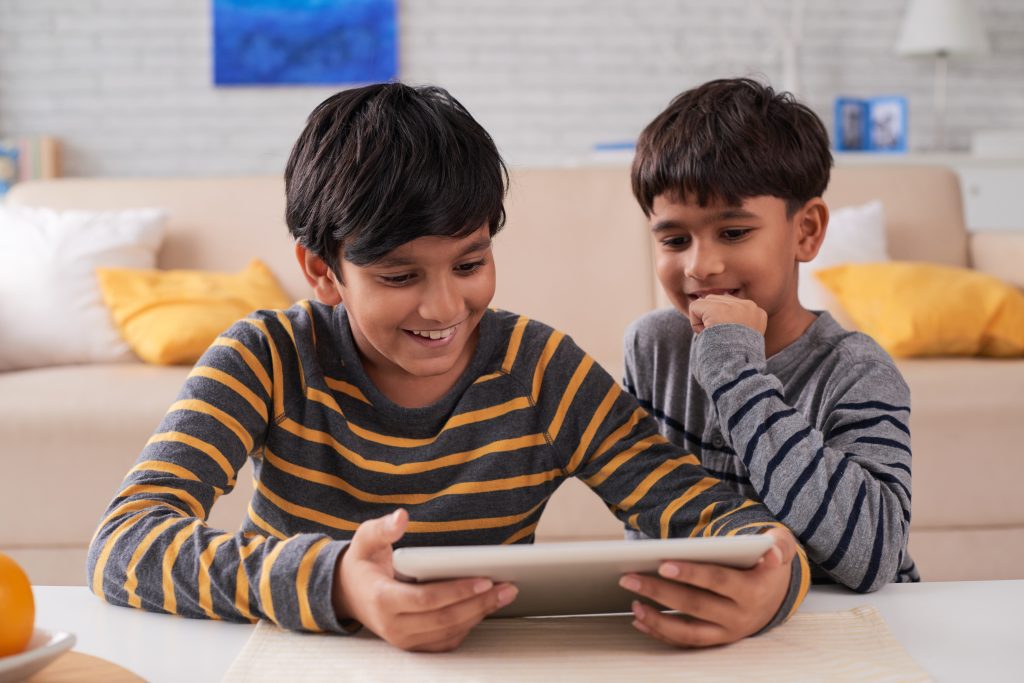
4.
The best elearning modules for children keep it simple
When writing for children my advice is to keep it simple. That includes the look and feel, and the words used.
And, wherever possible, get the children involved in the creation and testing of the solution throughout and as early as possible.
Let’s face it, children can be brutally honest at times, so they are best placed to tell you what they think works and what doesn’t.
5.
Make it serious fun!
It’s important to treat the topic with the right level of seriousness. However, when it comes to designing and developing for younger children, I think it’s equally important to keep it fun and enjoyable. It’s all about the balance.
Undoubtedly, managing what we flush down the toilet is a serious topic. For example, things like wet wipes are damaging seas and marine wildlife, and when they’re flushed away, they enter rivers and seas and take an extremely long time to break down. Moreover, in the UK alone, it costs a staggering £100 million every year to clear all the wet wipe blockages.
With Follow the Flush, I was very conscious from the outset that we needed to create fun and creative ways for children to learn about the 3 P’s. Call it serious fun if you like. Consequently, our solution went beyond elearning and included a side-scrolling game, a teacher’s lesson plan and interactive resource sheets for elements of the training that were delivered by teachers in the classroom.
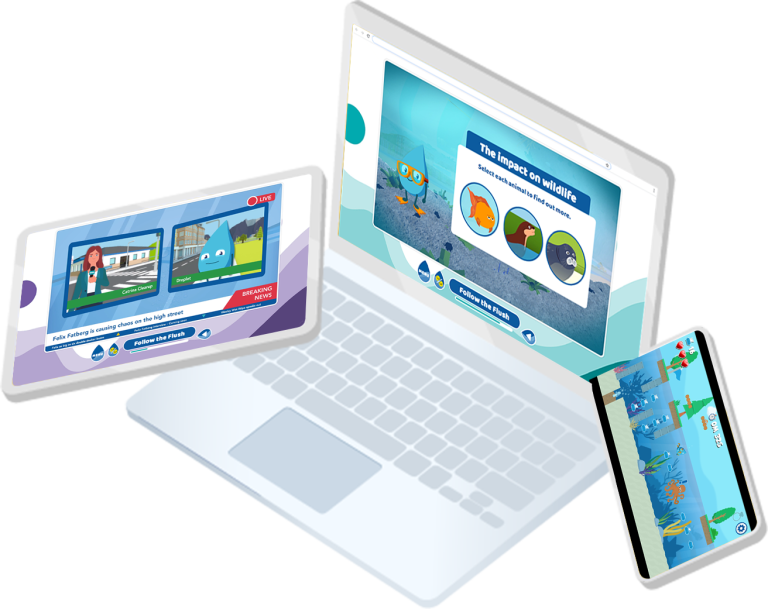
To summarise, we avoided using real-life imagery and language that could potentially upset a child and instead, went with an animated approach to keep it fun, and used animated facial expressions and simple sentences to help communicate different emotions.
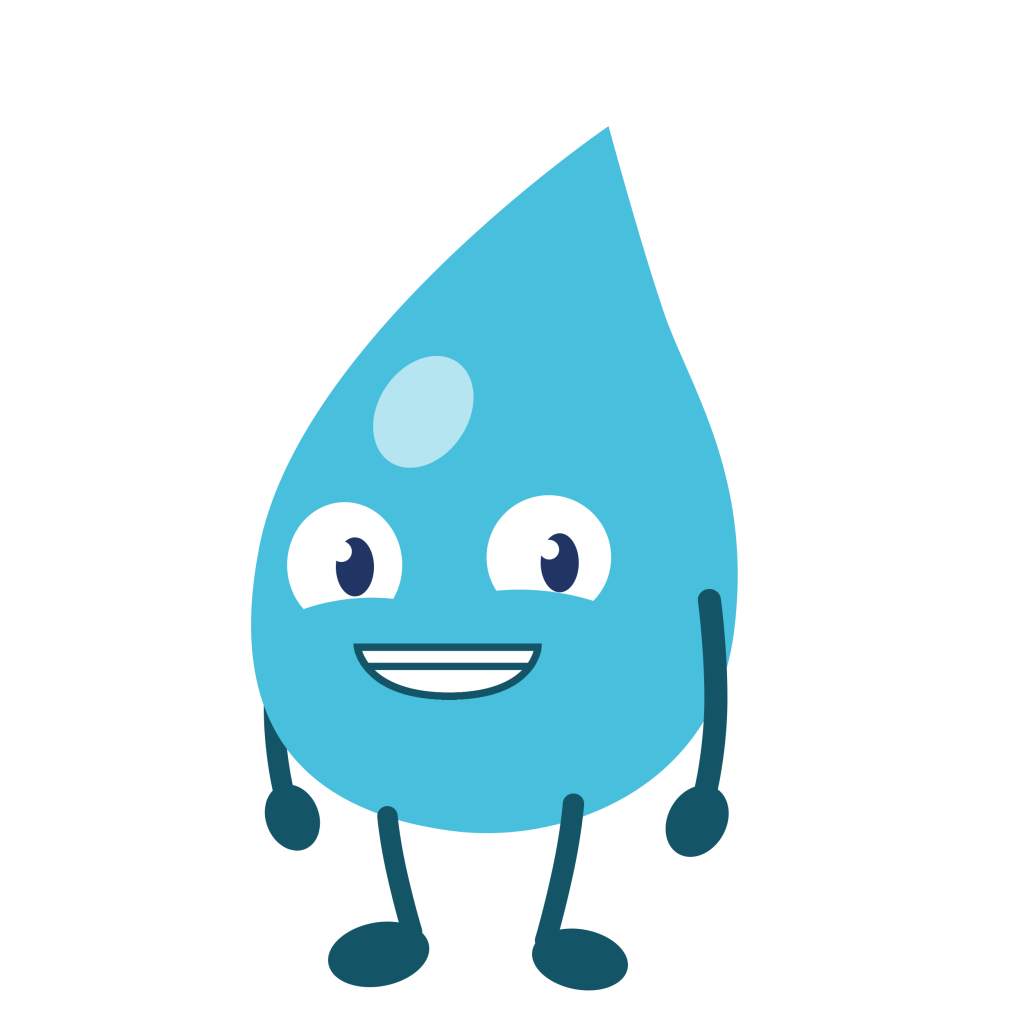
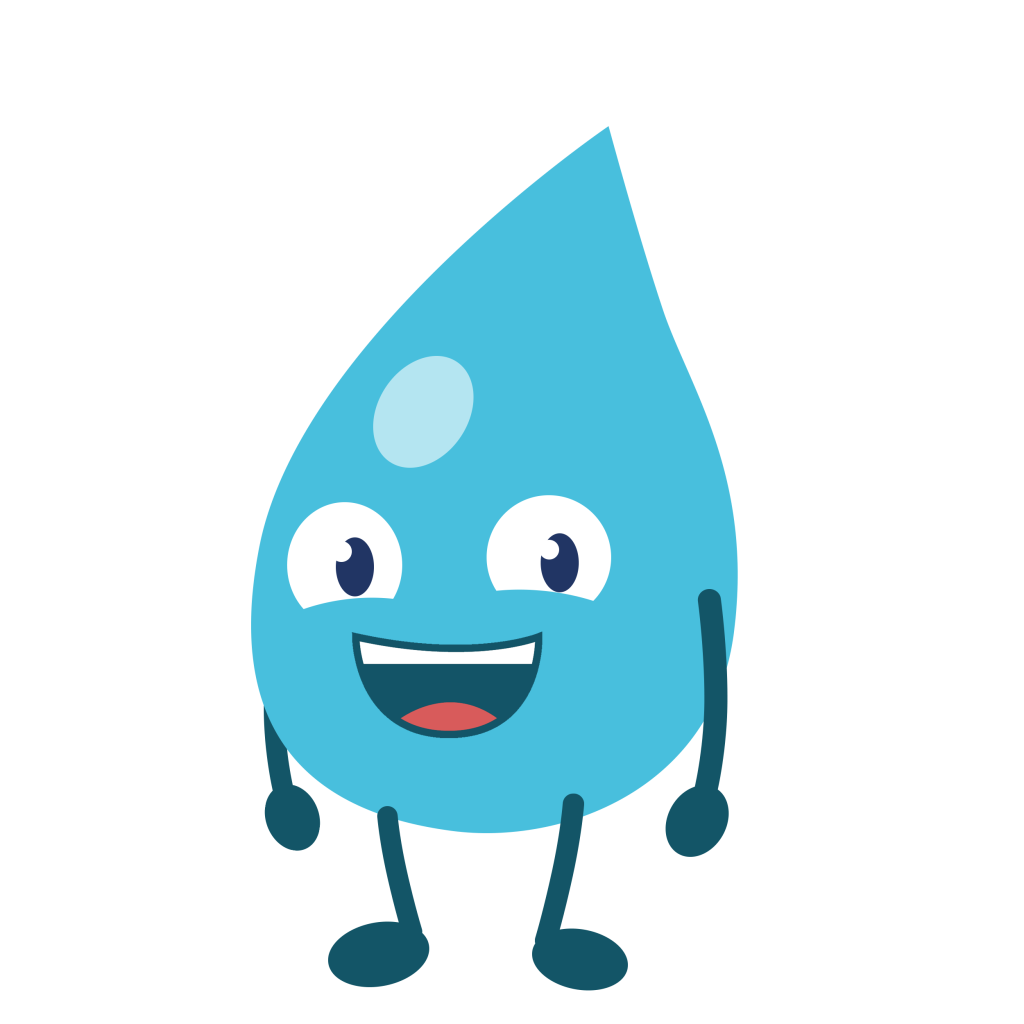

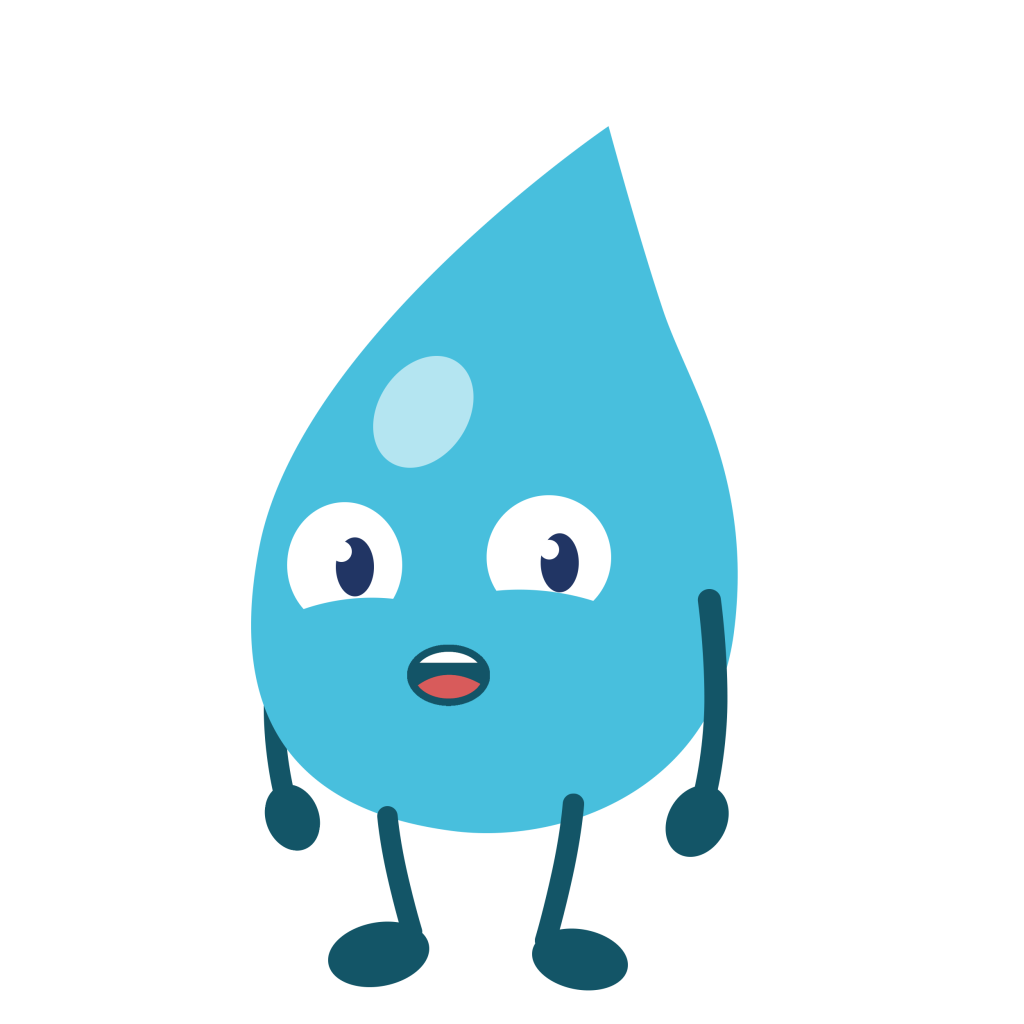

Some extra tips
Before you go, here are some extra tips you may want to consider.
Gain a deep understanding of the age group you’re designing for. Consider their cognitive abilities, attention span and interests. Tailor your content accordingly.
Children learn best when they actively participate. Incorporate interactive elements, such as quizzes, games, puzzles and simulations into your elearning modules. This encourages engagement and helps reinforce learning.
Utilise a variety of multimedia elements like videos, images, animations and audio to make the learning experience more engaging. Visuals and audio cues can enhance comprehension and retention.
Children may have shorter attention spans, so break down your content into manageable chunks. Present information in short modules or lessons, each focusing on a specific topic. This helps maintain interest and prevents cognitive overload.
Use vibrant colours, appealing graphics and intuitive user interfaces to create an inviting and visually appealing elearning environment. This enhances the overall experience and captures children's attention.
For more information about this project and others, visit the Our Projects area of the website.
Get in touch
Interested in creating the best elearning you can for children in your audience? Please get in touch using this form.